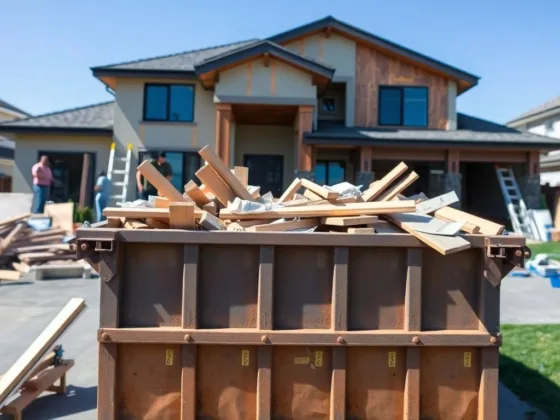Table of Contents Show
No house is complete without pretty flooring that suits the energy of the rest of the house. Walls, too. The aesthetic part of their importance is still there, but walls and floors serve more purpose than that.
If bricks hold up the external skeleton of the house, then the floors and walls are what sustain and provide strength to that skeleton.
The options are diversified when it comes to these two components. With around 20,000 students, design is an upcoming field in Australia. From acoustic tiles in Queensland to hybrid flooring in Sydney, there is a range of options throughout Australia.

Walls and Walling
Walls are the external figures that we often call the ‘pillar of support in a household. In terms of construction, a house wall can be divided into interior and exterior walls.
While the former refers to the fancy decor walls inside the house, the latter refers to the sturdier, cemented external walls.
The interior walls are the elements with which decor can experiment. In general, interior walls are of the following types:
Load Bearing Walls
These are the simplest yet most important types of walls. In buildings with load bearers, the weight of the entire building is not on the slabs and floors. Rather, it entirely falls on the columns of walls.
Drop Walls
These are walls that connect the roof and the floor without taking on any weight. These walls can be easily modified and designed as and when required.
Precast Walls
These are new inventions! Precast walls are walls that have been designed and laid in a factory. The wall is moved as is using a weight lift. This wall is then just attached to the rest of the building like a puzzle piece.
Core Walls
This is a single column of a wall that runs in the middle of the entire building. The purpose of this wall is to carry lateral pressure. This pressure is exerted by the sides of the building due to heavy winds, quakes, etc.
Read Also:
Floors and Flooring
Floors are also fundamental to a house’s durability. The top floors and subfloors are what protect the house from pest and element attacks.
Australian design companies strictly follow the AS 1884-2012 standard for laying floors, be it hybrid flooring in Sydney or marble flooring in Victoria.
While walls have various art decors like stenciling, brush strokes, impressionism, and matte, flooring styles largely depend on the type of tiles one uses and the elements they are made of. In general, there are a few common flooring types:
Marble Flooring
This is a classic flooring style. This type of flooring contains porous and easily manageable marble tiles that add to the oomph of the house! They are often easily available materials yet fall more on the expensive side of things.
Vinyl Flooring
Vinyl is another option when people consider aesthetics at affordable prices. The warm appearance of this type of flooring that comes in matte and hardwood finishes is a good match for houses that are going for a friendly, summery vibe.
Hybrid Flooring
In recent years, there has been an increase in hybrid flooring in Sydney, Western Australia, and others.
This is a new style of flooring that combines the best of both laminate and vinyl floors to create affordable, lightweight, and easy-to-maintain flooring.
It is called a hybrid as it consists of different materials pressed together to create a flooring that is enduring and highly durable.
These vary from 5.9 – 9.9 mm, making it easy to cover larger areas with fewer expansion joints. An added advantage is that these floors are waterproof, soundproof, and even hypoallergenic on request!









